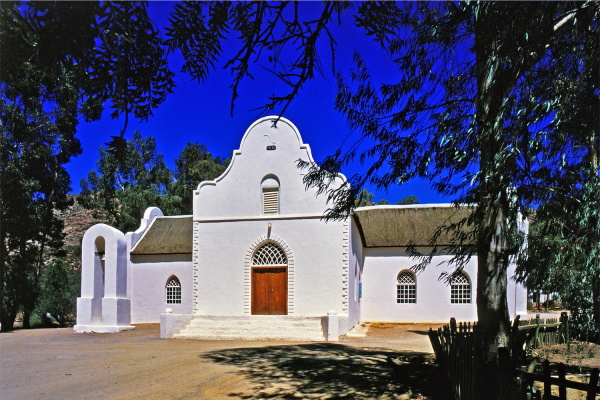Louis Leipoldt ( Christiaan Frederik Louis Leipoldt) was born in
1880 in Worcester of Rhenish missionary descent and died 1947 in Cape Town. He was a doctor, author (of numerous genres from cook books to children s books etc) reporter (during the war) journalist cook/chef playwright botanist and a leading poet of the Second Afrikaans language Movement.
His life was interesting and his career varied. Born to Christian Friedrich Leipoldt, a preacher of the NG Kerk in Clanwilliam, his grandfather a Rhenish missionary Johann Gottlieb Leipoldt was the founder of Wuppertal, in the Cedarberg, and his mother also the daughter of a missionary.
Their house is still in Park Streer near the museum.
He was home schooled and spoke English Dutch German and read Latin and Greek. He had two siblings a sister and a brother. He never married.
He matriculated at the University of the Cape of Good Hope in 1897.
In 1902 he went to Europe and enrolled at Guy s Hospital London as a medical student.
He practised as a doctor both overseas and in South Africa and was the Medical Inspector of Schools in Transvaal (now Gauteng) and finally settled in Cape Town as a paediatrician but his whole life was more drawn to a literary career. He was a very versatile author and wrote the first notable dramatic works in Afrikaans. He was Awarded many prizes.
About Louis Leipoldt’s Grave
Just as one enters the Cederberg Wilderness, on the R364 not even ten minutes’ outside Clanwilliam is a sign indicating Louis Leipoldt’s Grave. His grave is in an alcove under a cave and some rock art can be seen.
It is the same drive to Sevilla Art for a hike with 10 rock paintings – buy your permit at Traveller s rest.
Also shortly after is The English Man s Grave and then a gravel road to Wuppertal.
For more information about C. Louis Leipoldt please visit the museum where a room has been dedicated to this great man of many interests.






